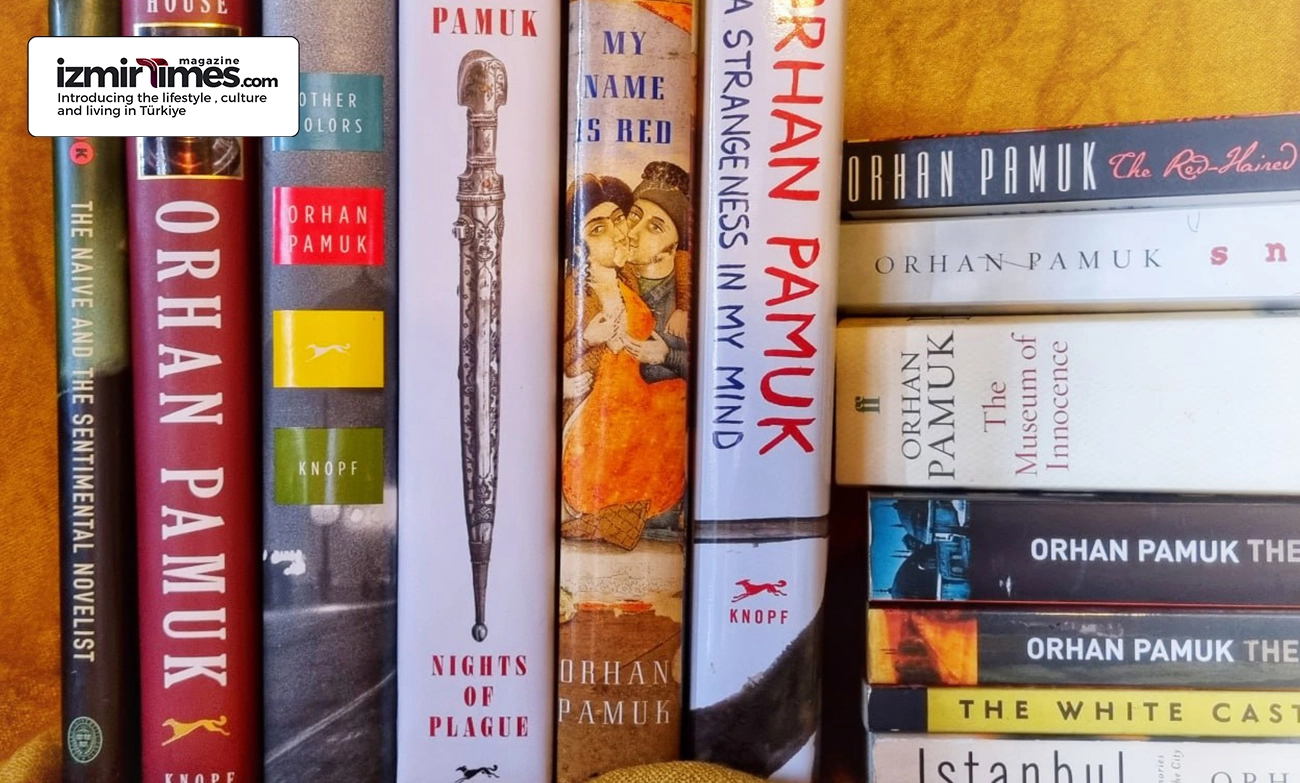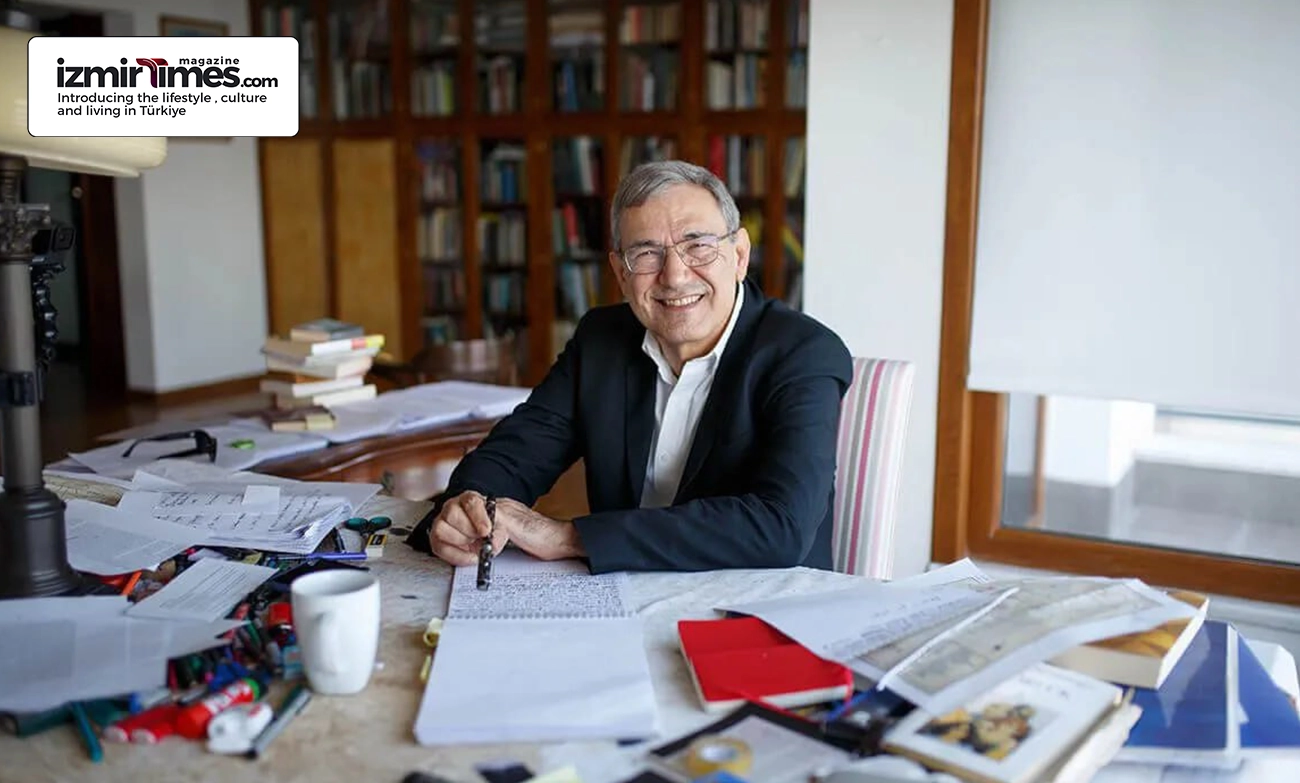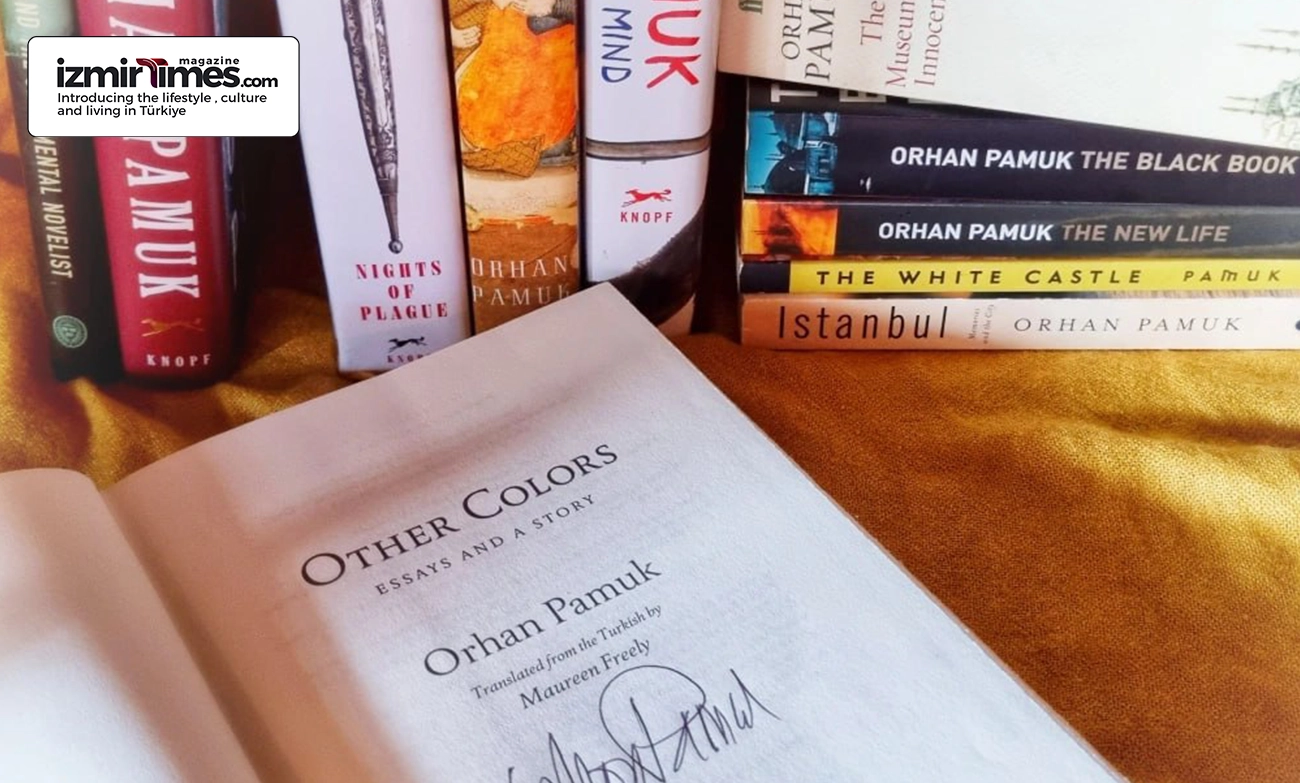
Biography of Orhan Pamuk
Orhan Pamuk is a writer, screenwriter, and the first Turkish writer to win the Nobel Prize for Literature. His fame is primarily due to his lasting works’ smooth and pleasant pen. His books have been translated into 63 languages, including Georgian, Malay, Czech, Danish, Japanese, Catalan, English, German, and French.
A look at Orhan Pamuk’s life and the beginning of his activity
Orhan Pamuk, whose full name is Ferid Orhan Pamuk, was born on June 7, 1952, in Istanbul in a wealthy and large family, similar to the families he describes in his novels such as “Judet Beyk and his Sons” and “The Black Book,” in the western region. Nishantashi was born. From childhood until 22, he devoted himself mainly to painting and planned to become an artist. After graduating from Robert Secular American College in Istanbul, he studied architecture for three years at Istanbul Technical University at the insistence of his family. Still, he abandoned this field after giving up his ambition to become an architect and artist. He graduated from Istanbul University with a degree in journalism but never worked as a journalist. Finally, at 23, Pamuk decided to become a novelist. He dropped everything and started writing.
The first sparks of writing in Orhan Pamuk were formed in 1982 with the novel Judet Beik and Sons. This novel received several awards, including two Orhan Kamal and Book of the Year literary awards, and Orhan Pamuk started writing after this with more desire than before. This novel is the story of three generations of a wealthy Istanbul family living in Nişantaşı, Pamuk’s neighborhood.

A year later, Pamuk published his other novel, The Silent House, which won the European Prize in 1991. He then went on to write the book “White Castle.” In this book, from a historical perspective, he depicts the friendship of a Roman enslaved person with an Ottoman poet and researcher. This book was translated into almost all European languages, including Givi, which gave Pamuk his first international fame.
The same year, Orhan Pamuk traveled to America with his wife and worked as a lecturer and researcher at Columbia University in New York from 1985 to 1988. There, he wrote the novel The Black Book, which describes the streets, past, and texture of Istanbul through the story of a lawyer searching for his missing wife. This novel was published in Turkey in 1990, and its French translation won the French Culture Award. The Black Book increased Pamuk’s reputation both in Turkey and internationally. Also, in 1988, Orhan Pamuk won fame and various awards worldwide by publishing the book “My Red Name.” The novel won the French Prix du meilleur livre étranger, the Italian Grinzane Cavour Award, and the Dublin International Award.
From the mid-1990s, Pamuk took a critical stance towards the Turkish government in articles on human rights and freedom of thought, although he had little interest in politics. Snow, which he describes as “my first and last political novel,” was published in 2002. In this book, which takes place in the small town of Kars in northeastern Turkey, he depicts a new kind of politics and violence. This book, which narrates the tension between political Islamists, soldiers, secularists, and Kurdish and Turkish nationalists, was selected as one of the 100 best books of 2004 by the New York Times.
In 2008, Pamuk published a novel called “Museum of Innocence,” about a man’s infatuation with a young woman and his attempt to build a museum of objects related to his love. Interestingly, Pamuk also opened this museum in the Çukurcuma neighborhood of Istanbul in 2012!
One of Pamuk’s best-selling works in Turkish is “Strange in My Mind,” which combines a romantic story and a modern epic. It is the tale of Molot, the seller of Boza, the woman he wrote love letters to for three years, and their life in Istanbul.

Orhan Pamuk was the first Turkish writer to win the Nobel Prize for Literature.
Undoubtedly, Orhan Pamuk is known as the proudest writer in Türkiye. He has won awards such as the British Translation Award for the novel White Castle, the German Booksellers’ Peace Prize, the Aydin Doughan Prize, and most importantly, the Nobel Prize for Literature in 2006.
Here is part of Pamuk’s speech upon receiving this award: “It was only by writing my books that I was able to know the world around me better and more. My name is Red, and the Black Book broadened my vision to originality. The book Istanbul and Barf explains the hardships of living abroad.”
Achievements and other awards of Orhan Pamuk
• The most prestigious German award in the field of culture (2005)
• Le Prix Médicis étranger award (the best foreign novel in France) (2005)
• Richard Hawk Award (2005) (since 1978, this award has been given every three years to individuals who think independently and act courageously)
• Le Prix Méditerranée étranger award for the novel Snow (2006)
• The European Museum of the Year Award (EMYA) 2014 was awarded to the Orhan Pamuk Museum of Innocence.
•Helena Vaz da Silva European Award (2014)
•Aydin Doghan Foundation Award and Erdal Oz Literary Award (2015)
•Yasnaya Polyana Literary Award (from the Leo Tolstoy Museum and Estate) in the “Foreign Literature” category (2016)

The best books of Orhan Pamuk that you must read
• My Name Is Red book: This book can be considered Orhan Pamuk’s best. In great detail, the author expresses deep concepts such as love, jealousy, war, etc.. This book narrates a slice of Turkish history during the Ottoman Empire. Orhan Pamuk used the polyphony technique between the characters to write it. Since its publication, this book has been translated into over 60 languages.
• The Red Haired Woman book: In this book, an OK digger and his young apprentice search for water and dig a well in the desert. With time, a deep connection is formed between teacher and student. But the arrival of a woman with red hair who lives in the nearby city and is a member of a traveling theater group upsets all previous equations.
Cevdet Bey and His Sons: This book is another of Orhan Pamuk’s best novels, published in 1982. It tells the story of the last years of Ottoman rule and the Atatürk era and somehow contrasts tradition and modernity. It is known to the audience. The book’s central theme is the narrative of a family in the city of Istanbul, in which Orhan Pamuk introduces them and their adventures over the years in three parts.
• The Black Book: This book tells the story of a character named “Galip” who has lost his wife. He imagines that his wife has run away with his cousin named Jalal, and in search of his wife, he goes through the alleys and streets of Istanbul one after another. This book is a sociological work that reveals many events.
• The Naive and Sentimental Novelist: This book is text from Orhan Pamuk’s speech collection at Harvard University, published in 2011. Along with Orhan Pamuk’s novels and literary books, this book helps us become more familiar with his writing methods and world.

Orhan Pamuk’s writing style and perspective
One characteristic that distinguishes Orhan Pamuk’s books is his attention to history, literature, and philosophy. Before writing his works, Orhan Pamuk did extensive research on the sciences related to the events of the book, and in each of his works, we can see the result of this extensive research. For example, in the book My Name is Red, besides getting to know a part of Ottoman history, we get to see the history of painting and even literature of that period, and besides enjoying the text of the book, we also learn some things.
Orhan Pamuk’s descriptions of phenomena are such that the audience can fully imagine themselves in those conditions. He can describe his characters with simple but powerful prose, and the character types he has created with precision and detail establish a deep connection with us as the audience.
Orhan Pamuk has stated in numerous articles and interviews that the works of great writers such as Franz Kafka, Vladimir Nabokov, James Joyce, and Marcel Proust have had a profound impact on his writings.
Facts from the life of Orhan Pamuk
- It might be interesting for you to know that Orhan Pamuk was one of the first writers who spoke about the Armenian Genocide in the early years of the First World War in Turkey. He said: “Thirty thousand Kurds and one million Armenians have been killed in this country. Almost no one dares to name it. But I will do it.”
- In 2005, Pamuk was named among the 100 intellectuals of the world by Prospect magazine, and in 2006, Time magazine selected him as one of the 100 most influential people in the world.
- Pamuk is an honorary member of the American Academy of Arts and Letters, has an honorary doctorate from Tilburg University, and lectures at Columbia University once a year. He is also an honorary member of the Chiese Academy of Social Sciences.
- Apart from three years in New York, Orhan Pamuk has spent his entire life in Istanbul and now lives in the building where he grew up with his wife and daughter Roya.
- Orhan Pamuk has been writing novels for 40 years and has done nothing else but write.

A look at all the works of Orhan Pamuk:
- ORANGE (TURUNCU)
- BALKON
- FATHERS, MOTHERS AND SONS
- INNOCENCE OF MEMORIES
- THE RED-HAIRED WOMAN
- ILLUSTRATED ISTANBUL
- BLACK BOOK – 25th ANNIVERSARY SPECIAL EDITION
- A STRANGENESS IN MY MIND
- I AM A TREE
- THE SECRETS OF THE BLACK BOOK
- MUSEUM OF INNOCENCE
- ISTANBUL: MEMORIES AND THE CITY
- SNOW
- OTHER COLORS
- MY NAME IS RED
- CEVDET BEY AND HIS SONS
- THE WHITE CASTLE
- THE BLACK BOOK
- THE NEW LIFE
- THE HOUSE OF SILENCE
- MY FATHER’S SUITCASE
- SECRET FACE
- FRAGMENTS OF THE LANDSCAPE
- THE INNOCENCE OF OBJECTS
- THE NAIVE AND THE SENTIMENTAL NOVELIST




